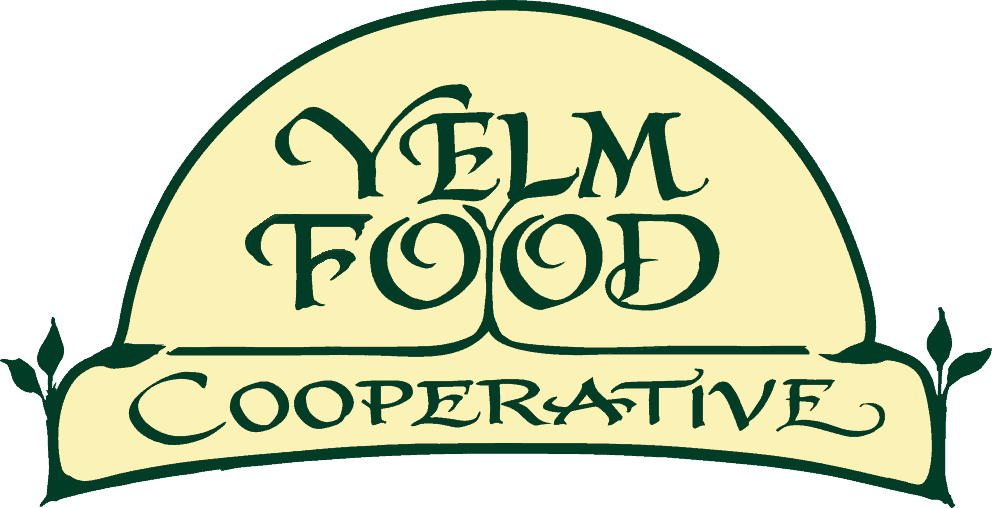
COLVIN RANCH
The South Puget Sound region is home to one of Washington’s rarest ecosystems: prairies. These dry grasslands and oak woodlands host many of Washington’s most imperiled wildlife species. Once common in the South Puget Sound, only 3% of this region’s prairies remain.
Many of the region’s remaining prairies are managed within WDFW’s Scatter Creek Wildlife Area complex, which also includes prairies that WDFW is restoring. A recent addition to Scatter Creek complex is the Violet Prairie unit, which covers 1,485 acres in south Thurston County and adds to the protected area of the Scatter Creek watershed. WDFW is working on multiple strategies to help restore and enrich wildlife habitat at Violet Prairie.
One of the most effective restoration tools for westside prairies is prescribed fire, but this tool can only be used under certain conditions and at certain times. Having other “tools in the toolbox” helps WDFW continue important habitat restoration work when prescribed fire cannot be used.
That’s where conservation grazing comes in: strategically and carefully using cattle grazing to mimic some of the positive ecosystem impacts of fire on the landscape. Conservation grazing can reduce non-native plants, open up grassland spaces, and maintain a diversity of plant structure in the habitat. Under permit from WDFW, the Colvin Ranch in Tenino grazes cattle on the Violet Prairie unit, contributing to ecosystem restoration and habitat conservation.
Conservation grazing efforts at Violet Prairie would not be possible without close collaboration with Washington State University, Natural Resources Conservation Service, Thurston County, and Colvin Ranch. WDFW looks forward to continuing to work collaboratively with a variety of partners, including agricultural producers, to help manage landscapes like this across the state.
To learn more, watch the full YouTube video: https://youtu.be/6V2OeqC7WBU?si=4FxjMQadaMeQDR7A


















